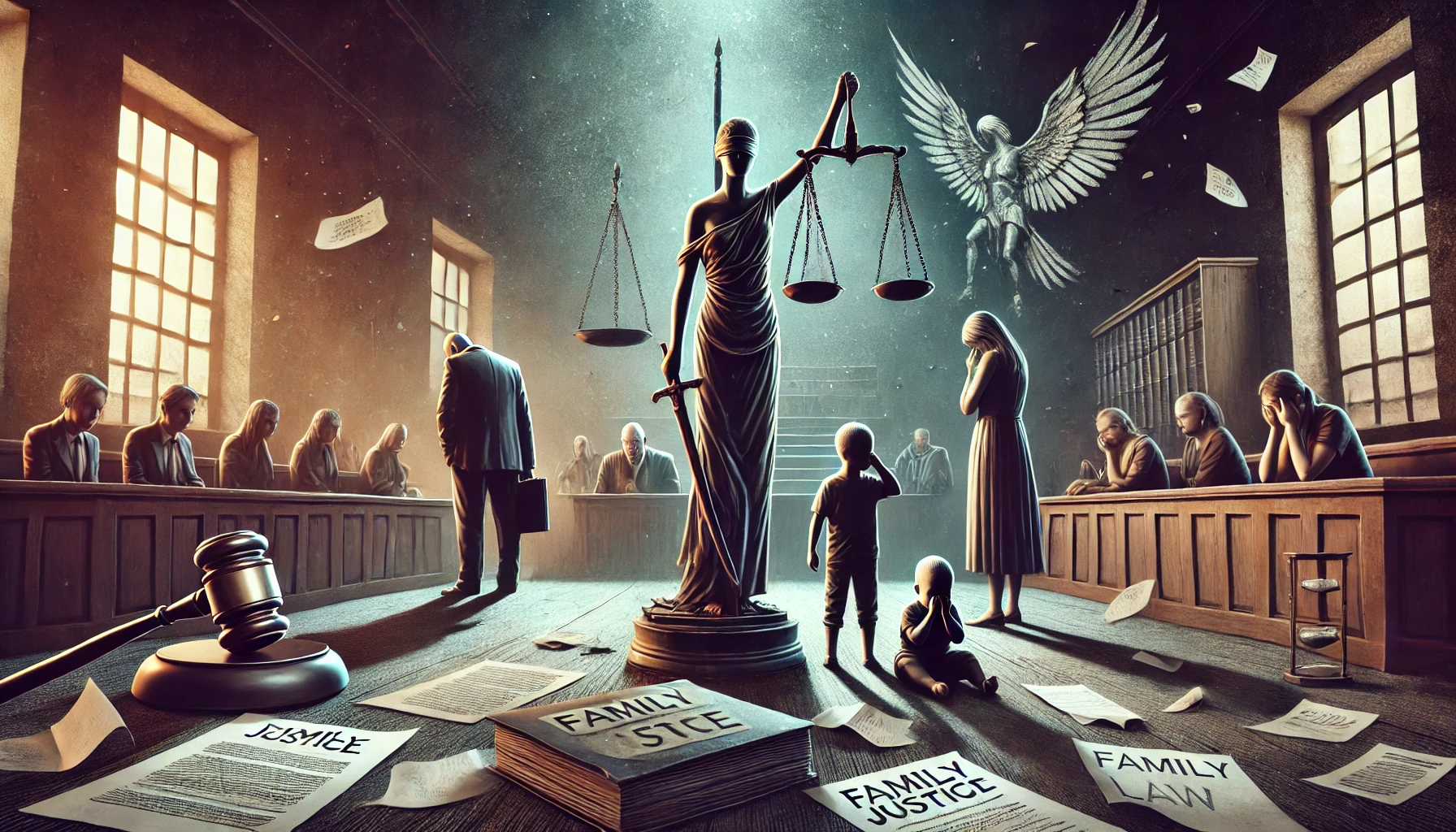Authored By: Kalp Lodha
VIPS (Tentative- Counselling Process Underway)
Introduction
In the evolving discourse on gender justice, India has seen significant advancements in empowering women and addressing gender-based violence. However, an often-ignored dimension of this conversation is the plight of men who suffer under the weight of outdated stereotypes, legal oversights, and social stigma. While it is vital to protect women’s rights, equity demands that we also acknowledge instances where men are at the receiving end of gender-based discrimination. This article aims to explore the often-overlooked terrain of men’s rights in India, identifying key legal gaps, real-world implications, and the road ahead.
The Current Legal Framework: A Skewed Scale?
India?s legal framework includes various gender-specific laws, such as:
– Section 498A of the IPC (Dowry harassment)
– The Protection of Women from Domestic Violence Act, 2005
– Sexual Harassment of Women at Workplace (Prevention, Prohibition and Redressal) Act, 2013 – Section 375 of the IPC (Rape)
These laws are undeniably essential. However, their gender-specific nature excludes male victims from legal recourse. For instance, a man cannot legally file a complaint under the Domestic Violence Act or seek protection from sexual harassment under the current legislation. This legal one-sidedness creates a vacuum for male victims, leading to systemic neglect.
Misuse of Laws: A Growing Concern
While women’s safety must remain a top priority, the misuse of gender-centric laws is a rising concern. The Supreme Court of India in *Rajesh Sharma v. State of U.P.* (2017) noted that Section 498A was being misused and laid down safeguards to prevent frivolous arrests. Similarly, the National Crime Records Bureau (NCRB) data show a consistent rate of acquittals in cases under this section, highlighting the need for a balanced approach.
The Delhi Commission for Women (DCW) acknowledged in 2015 that false dowry and molestation cases were on the rise. Male victims often endure social ridicule, legal harassment, and emotional trauma with little to no institutional support.
Lack of Protective Mechanisms for Men
Unlike women, men in India do not have access to helplines, shelters, or support networks run by the government. The National Commission for Women exists, but there is no National Commission for Men. NGOs such as Save Indian Family Foundation and Men Welfare Trust operate independently, often battling severe funding constraints and societal pushback.
Even in divorce and child custody cases, men are generally disadvantaged. Section 125 of the Criminal Procedure Code mandates maintenance for wives, but no equivalent provision exists for men, regardless of financial hardship.
Mental Health and Suicide
One of the gravest consequences of this neglected chapter is the toll on mental health. NCRB reports have consistently shown that a disproportionately high number of men die by suicide in India. In 2021 alone, over 70% of the reported 1.64 lakh suicide victims were men. Many of these cases cite family issues, marital discord, and legal stress as key reasons.
Stigma around masculinity prevents many men from seeking psychological help. When compounded by legal and social discrimination, this leads to a silent crisis that cannot be overlooked any longer.
Judicial Opinions and Progressive Voices
Indian courts have started acknowledging the issue. The Madras High Court, in *S. Radhakrishna v. State* (2014), emphasized the necessity for gender-neutral laws in cases of sexual harassment and domestic violence. Justice Markandey Katju, in several public forums, has also voiced concerns over legal provisions that are discriminatory against men.
However, such opinions are rare and often drowned in the broader and necessary discourse of women?s rights. There needs to be institutional, legislative, and academic focus on men?s issues without it being perceived as antagonistic to the feminist movement.
Recommendations
- Gender-Neutral Laws: Amend existing laws like the Domestic Violence Act and Section 375 IPC to include male and transgender victims.
- Institutional Support: Establish a National Commission for Men to document grievances, promote research, and assist male victims.
- Legal Safeguards Against Misuse: Ensure robust checks and balances to prevent false cases, without diluting the laws’ original intent.
- Awareness and Sensitization: Promote gender sensitization campaigns that are inclusive of all genders. 5. **Mental Health Interventions**: Launch national helplines and counseling services specifically targeting male mental health and legal trauma.
Conclusion
Justice must be blind?not gender-blind, but blind to stereotypes and biases that hamper true equity. A society that prides itself on upholding constitutional morality and the rule of law cannot afford to exclude any gender from the umbrella of justice. Recognizing men’s rights is not a detraction from women’s rights?it is an essential complement to a truly just legal system.
Only when India begins to consider the struggles of all genders, including the silent suffering of men, can we hope to achieve genuine gender justice.





